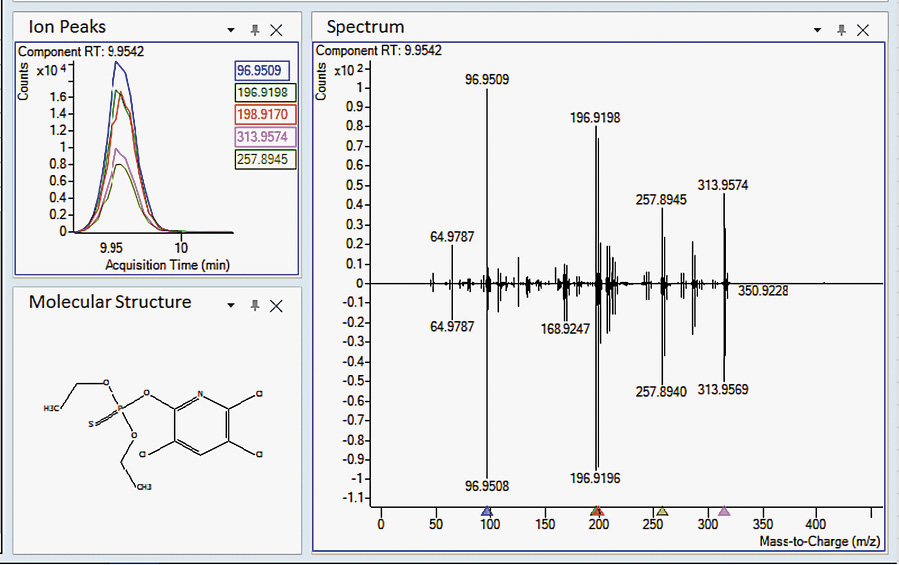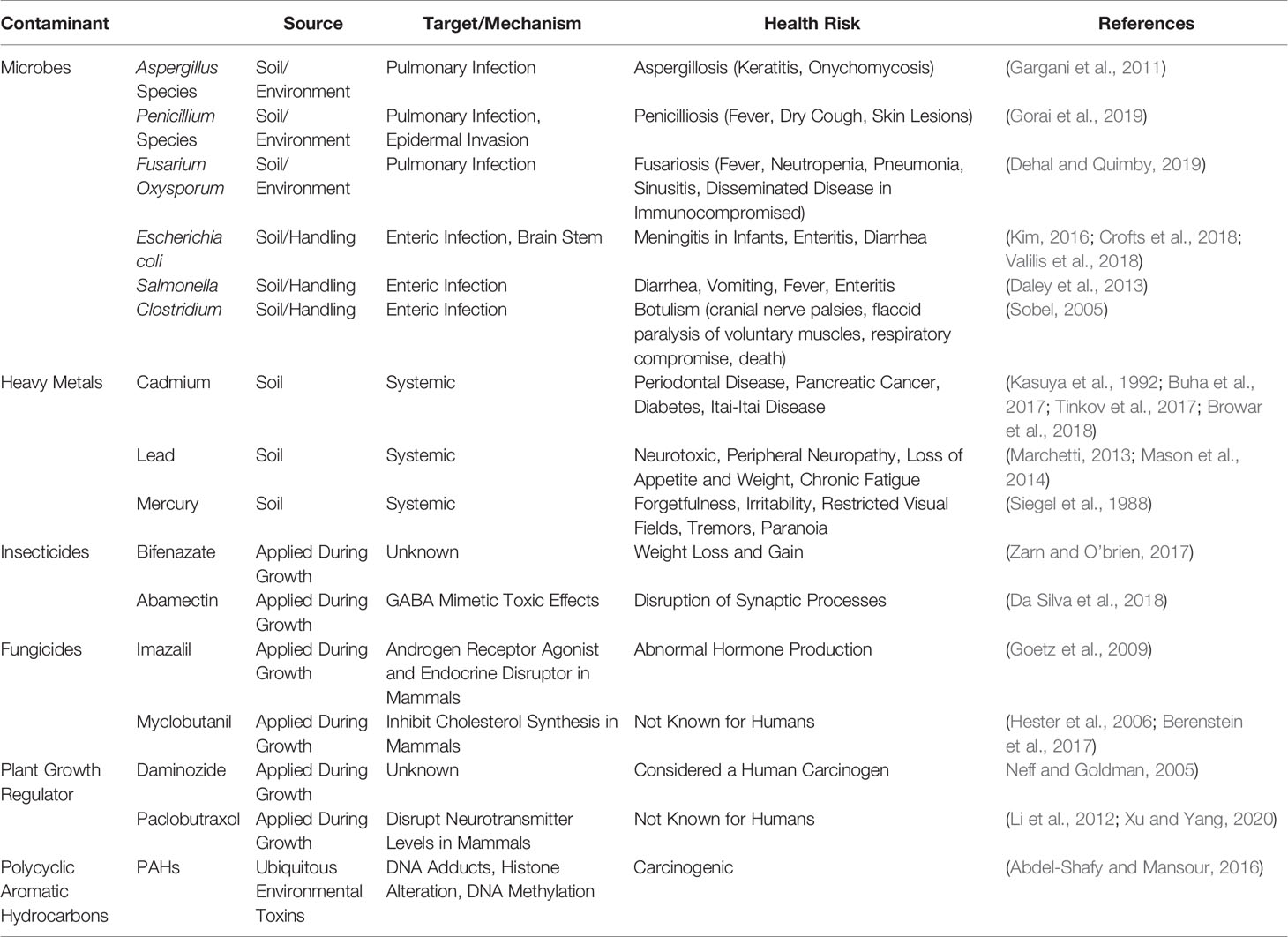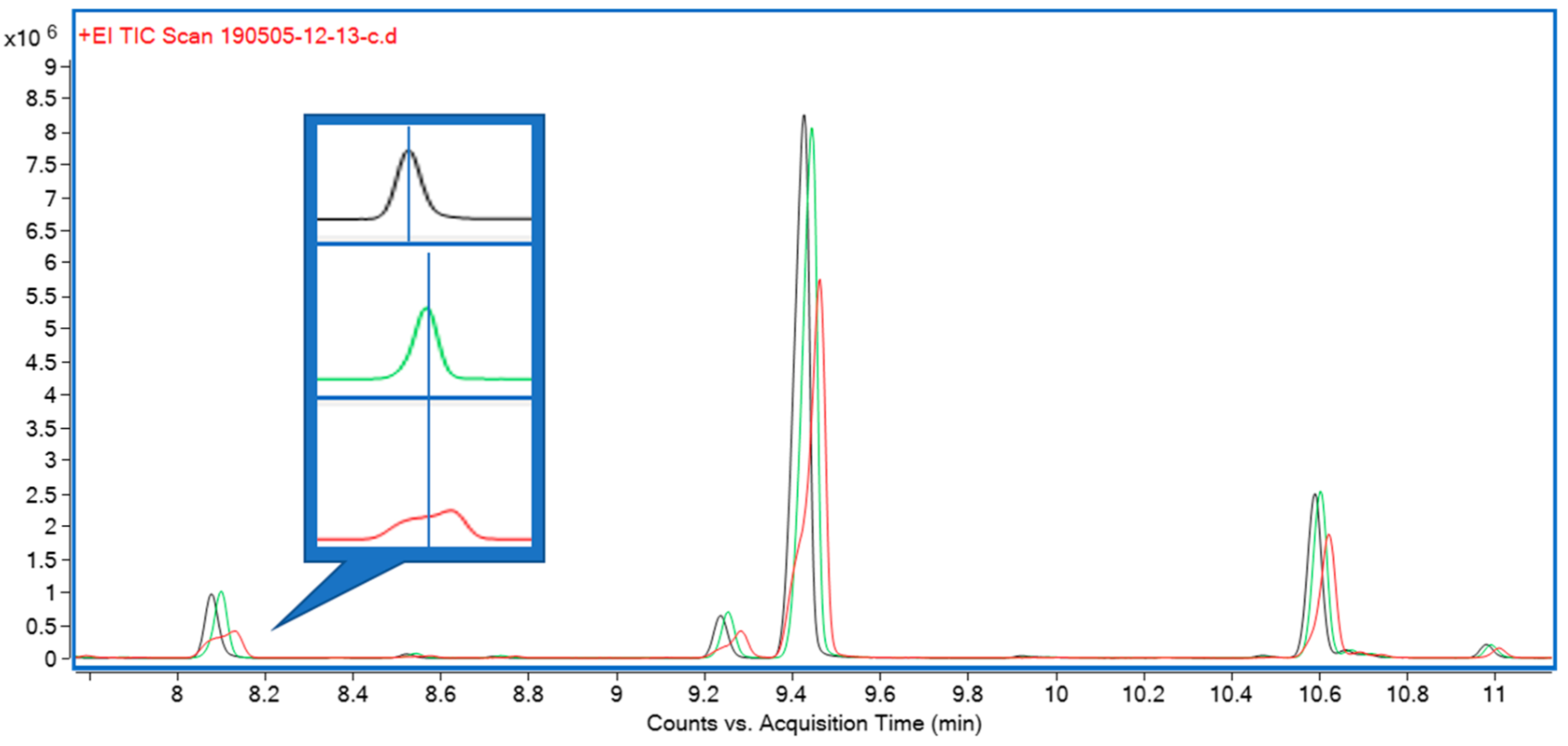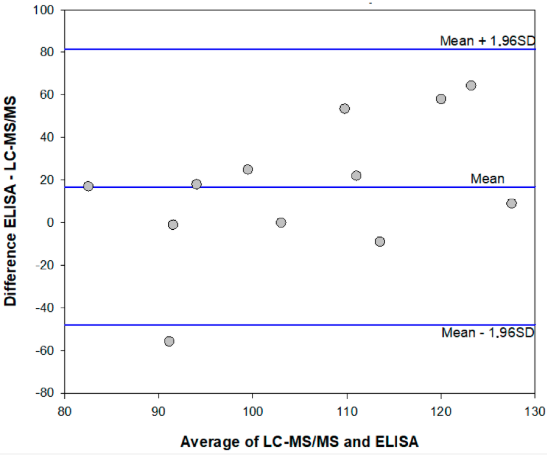Difference between revisions of "Main Page/Featured article of the month/2020"
Shawndouglas (talk | contribs) (Added January's article) |
Shawndouglas (talk | contribs) (→Featured article of the month archive - 2020: Updated.) |
||
| Line 1: | Line 1: | ||
{{ombox | |||
| type = notice | |||
| text = If you're looking for other "Article of the Month" archives: 2020 - [[Main Page/Featured article of the month/2021|2021]] | |||
}} | |||
==Featured article of the month archive - 2020== | ==Featured article of the month archive - 2020== | ||
Welcome to the CannaQAwiki 2020 archive for the Featured Article of the Month. | Welcome to the CannaQAwiki 2020 archive for the Featured Article of the Month. | ||
| Line 12: | Line 17: | ||
<!-- Below this line begin pasting previous news --> | <!-- Below this line begin pasting previous news --> | ||
<h2 style="font-size:105%; font-weight:bold; text-align:left; color:#000; padding:0.2em 0.4em; width:50%;">Featured article of the month: December 2020:</h2> | <h2 style="font-size:105%; font-weight:bold; text-align:left; color:#000; padding:0.2em 0.4em; width:50%;">Featured article of the month: December 2020:</h2> | ||
<div style="float: left; margin: 0.5em 0.9em 0.4em 0em;">[[File:Fig6 Wylie MedCannCannab2020 3-1.jpg|240px]]</div> | <div style="float: left; margin: 0.5em 0.9em 0.4em 0em;">[[File:Fig6 Wylie MedCannCannab2020 3-1.jpg|240px]]</div> | ||
Revision as of 21:00, 31 January 2021
|
|
If you're looking for other "Article of the Month" archives: 2020 - 2021 |
Featured article of the month archive - 2020
Welcome to the CannaQAwiki 2020 archive for the Featured Article of the Month.
Featured article of the month: December 2020:"Screening for more than 1,000 pesticides and environmental contaminants in cannabis by GC/Q-TOF" A method has been developed to screen cannabis extracts for more than 1,000 pesticides and environmental pollutants using gas chromatography coupled to a high-resolution accurate mass quadrupole time-of-flight mass spectrometer (GC/Q-TOF). An extraction procedure was developed using acetonitrile with solid-phase extraction cleanup. Before analysis, extracts were diluted 125:1 with solvent. Two data mining approaches were used together with a retention-time-locked Personal Compound Database and Library (PCDL) containing high-resolution accurate mass spectra for pesticides and other environmental pollutants. (Full article...)
|



